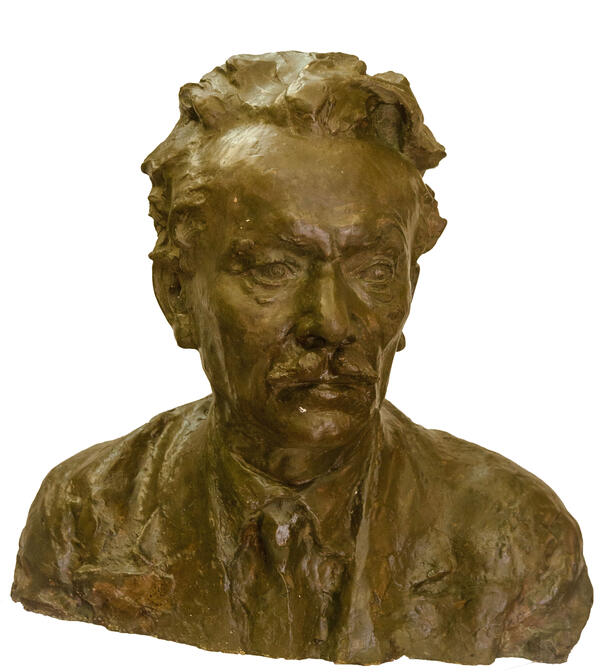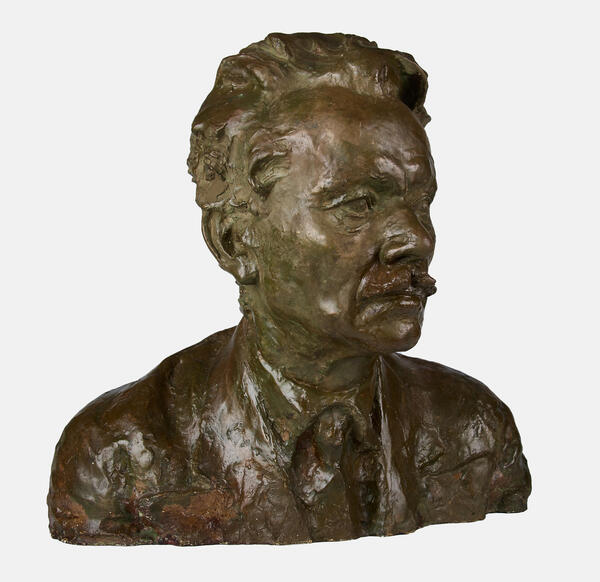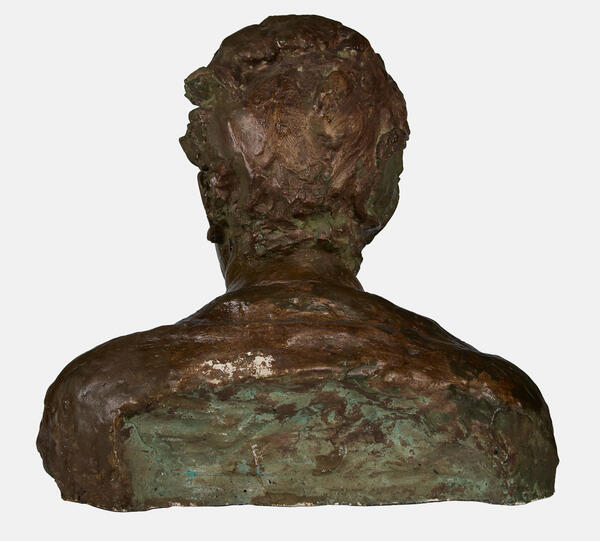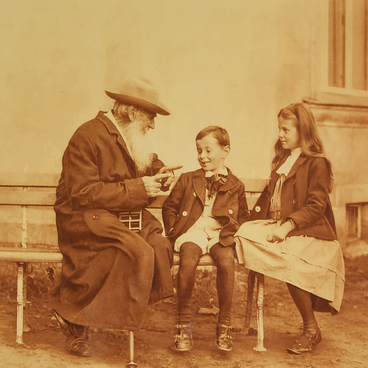The music hall in the memorial apartment of Alexander Borisovich Goldenweiser houses his bust made by the Soviet sculptor, the People’s Artist of the USSR Zinovy Moiseyevich Vilensky.
Zinovy Vilensky was born on October 3, 1899, in the Koryukovka village of the Chernihiv region. From 1914 to 1919 he received education at the Kiev Art College in the painting department of Fyodor Krichevsky, Vladimir Menk, and Nikolay Strunnikov. Then he continued his studies at the Petrograd Academy of Arts, at the Moscow VKHUTEIN, and studied in the workshop of Robert Falk. In 1928, he completed his studies with his final piece — the compositions “The Step of the Revolution” and “Portrait of a Young Man.”
The sculptor lived and worked in Moscow, where he created a lot of beautiful works, such as “Kirov”, “K. Igumnov”, “Tchaikovsky” and many others. Vilensky worked in the genres of monumental sculpture and sculptural portrait. The sculptor masterfully rendered his sitter’s individual features, paid careful attention to modeling, and used texture as an expressive quality in his sculptures.
Vilensky’s works were more than once displayed at all-Union exhibitions. Now his sculptures are on display in the Tretyakov Gallery, the State Russian Museum, and the Museum of Modern History of Russia and the Armed Forces of the Russian Federation. The government highly appreciated the artist’s input, and in 1948 he received the USSR Stalin Prize of the 2nd degree, became a corresponding member of the USSR Academy of Arts and a laureate of the USSR State Prize.
In 1940, Zinovy Vilensky created a sculptural portrait of the musician Alexander Borisovich Goldenweiser. It is noteworthy that Alexander Goldenweiser himself liked the bust made by Vilensky much more than the one made by Sarah Lebedeva. The pianist found the bust by Zinovy Moiseevich much more realistic, and his image more recognizable. After all the sessions with the sculptor, Alexander Goldenweiser wrote in his diary, “Vilensky’s work is gradually beginning to come to life.” The thick hair that is combed back and tucked behind the ears leaves the wide forehead open — a sign of a thinker, such as Alexander Borisovich Goldenweiser.






